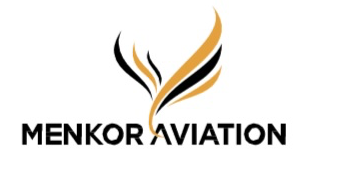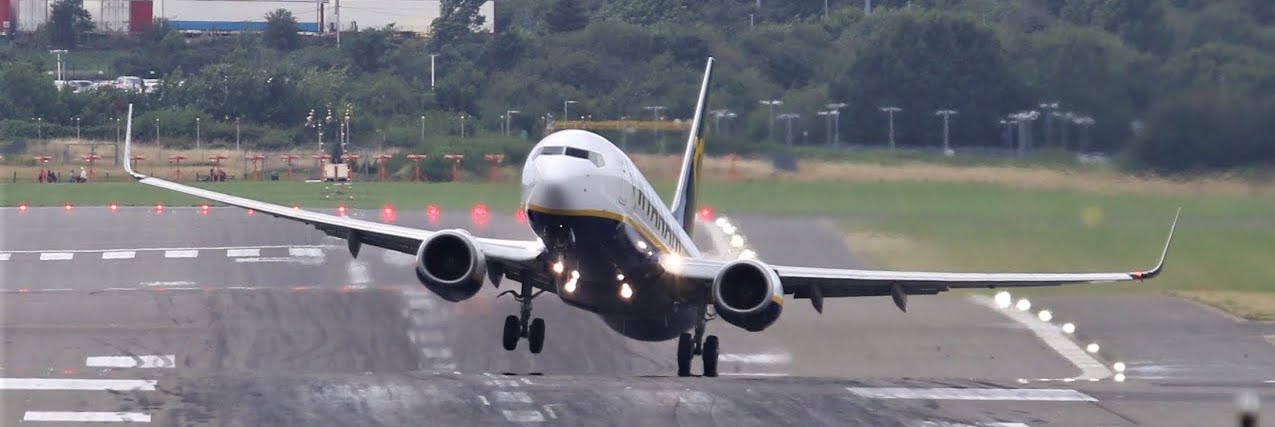
What is Windshear and How to Avoid It ?
Flight crew awareness and alertness are key factors in the successful application of windshear avoidance and escape / recovery techniques
This safety article is an overview of operational recommendations and training guidelines for aircraft operation in forecast or suspected windshear or downburst conditions.
Statistical Introduction
Adverse weather (other than low visibility and runway condition) is a circumstantial factor in nearly 40 percent of approach-and-landing accidents.
Adverse wind conditions (i.e., strong cross winds, tailwind and windshear) are involved in more than 30 percent of approach-and-landing accidents and in 15 percent of events involving CFIT.
Windshear is the primary causal factor in 4 percent of approach-and-landing accidents and is the ninth cause of fatalities.
These statistical data are summarized in the following table:

What is Windshear ?
Windshear is defined as a sudden change of wind velocity and/or direction.
Windshear occurs in all directions, but for convenience, it is measured along vertical and horizontal axis, thus becoming vertical and horizontal windshear
• Vertical Windshear:
– Variations of the horizontal wind component along the vertical axis, resulting in turbulence that may affect the aircraft airspeed when climbing or descending through the windshear layer
– Variations of the wind component of 20 kt per 1000 ft to 30 kt per 1000 ft are typical values, but a vertical windshear may reach up to 10 kt per 100 ft.
• Horizontal windshear:
– Variations of the wind component along the horizontal axis (e.g., decreasing headwind or increasing tailwind, or a shift from a headwind to a tailwind)
– Variations of wind component may reach up to 100 kt per nautical mile.
Windshear conditions usually are associated with the following weather situations: jet streams, mountain waves, frontal surfaces, thunderstorms and convective clouds, microbursts.
Microbursts combine two distinct threats to aviation safety :
– The downburst part, resulting in strong downdrafts (reaching up to 6000 ft/mn of vertical velocity)
– The outburst part, resulting in large horizontal windshear and wind component shift from headwind to tailwind (horizontal winds may reach up to 45 kt).
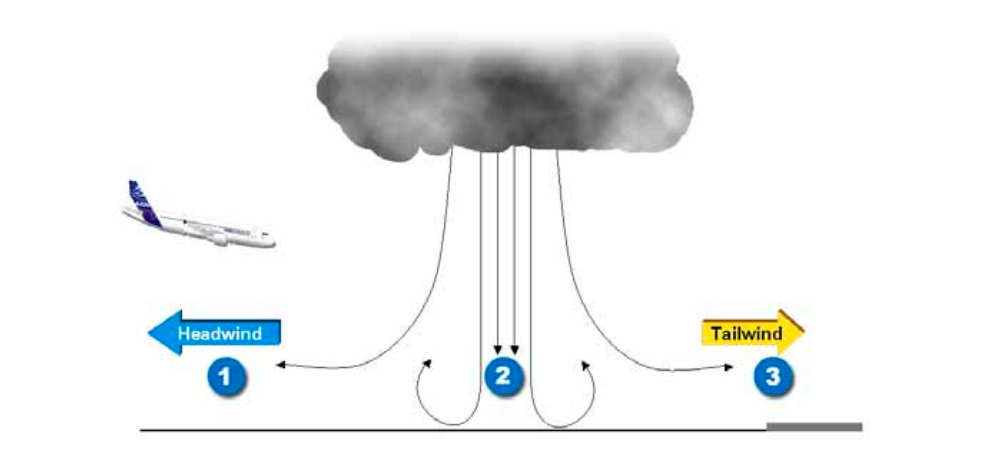
What is the Influence of Windshear on Aircraft Performance ?
The flight performance is affected as:
– Headwind gust instantaneously increases the aircraft speed and thus tends to make the aircraft fly above intended path and/or accelerate,
– A downdraft affects both the aircraft Angle-Of-Attack (AOA), that increases, and the aircraft path since it makes the aircraft sink
– Tailwind gust instantaneously decreases the aircraft speed and thus tends to make the aircraft fly below intended path and/or decelerate.
Windshears associated to jet streams, mountain waves and frontal surfaces usually occur at altitudes that do not present the same risk than microbursts, which occur closer to the ground.
Four cases can be observed depending on the position of the aircraft relatively to the microburst:
• Microburst in front of the aircraft

The crews do not always perceive an increase of the headwind as a risk. But such a headwind gust de-stabilizes the approach of the aircraft, which will tend to fly above path and/or accelerate, if the pilot does not react adequately.
If the headwind shear occurs at takeoff, the resulting aircraft performance will increase. Once out of the shear, the indicated airspeed decreases thus leading to an AOA increase which might trigger the alpha-floor protection and/or stick shaker activation.
• The aircraft flies through a microburst downdraft

Vertical downdrafts are usually preceded by an increase of the headwind component. If the pilot does not fully appreciate the situation, he/she will react to the headwind gust effects to regain the intended path by reducing the power and by pushing on the stick. At that point, a vertical downdraft will increase the aircraft sink rate, which will bring the aircraft below the intended path.
• Microburst appearing behind the aircraft
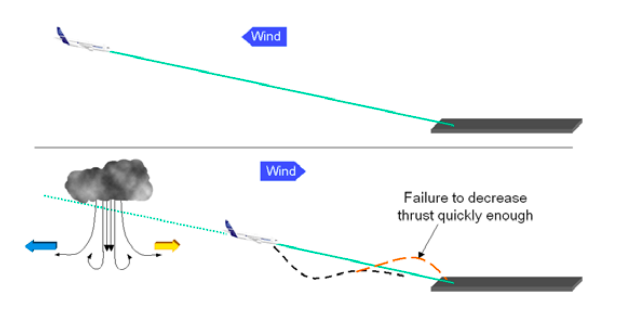
In case of a sudden increase of the tailwind, the aircraft airspeed decreases instantaneously. The lift decreases and the aircraft tends to fly below the intended approach path.
If the pilots pulls on the stick to recapture the path without adding sufficient thrust, the AOA will increase significantly and the aircraft will sink down.
If sufficient thrust is set to regain the intended path, but the pilot’s reaction is then slow to reduce the thrust once back on the path, the aircraft will fly above the path and/or will accelerate.
• The aircraft flies through a microburst

The worst case is the addition of the previous three cases:
– Headwind gust
– Downdraft
– Tailwind gust.
How to Avoid Windshear ?
Windshear Avoidance
The following information should be used to avoid areas of potential or observed windshear:
• Weather reports and forecast:
Some airports are equipped with a Low Level Windshear Alert System (LLWAS) and/or a Terminal Doppler Weather Radar (TDWR).
– LLWAS consists of a central wind sensor (sensing wind velocity and direction) and peripheral wind sensors. It enables controllers to warn pilots of existing or impending windshear conditions. An alert is generated whenever a difference in excess of 15 kt is detected. LLWAS may not detect downbursts with a diameter of 2 nm or less.
– TDWR enables to detect approaching windshear areas and, thus, to provide pilots with more advance warning of windshear hazard.
• Pilot’s reports:
PIREPS of windshear in excess of 20 kt or downdraft / updraft of 500 ft/mn below 1000 ft above ground level should draw the attention of the crews.
• Visual observation:
Blowing dust, rings of dust, dust devils (i.e., whirlwinds containing dust and stand), or any other evidence of strong local air outflow near the surface often are indication of potential or existing windshear.
• On-board wind component and ground speed monitoring:
On approach, a comparison of the headwind or tailwind component (as available) and the surface headwind or tailwind component indicates the potential and likely degree of vertical windshear. This monitoring increases the situational awareness.
• On-board weather radar
• On-board predictive windshear system.
Windshear Recognition
Timely recognition of a windshear condition is vital for the successful implementation of the windshear recovery/escape procedure.
The following deviations should be considered as indications of a possible windshear condition:
– Indicated airspeed variations in excess of 15 kt
– Ground speed variations
– Analog wind indication variations: Direction and velocity
– Vertical speed excursions of 500 ft/m
– Pitch attitude excursions of 5 degrees
– Glide slope deviation of 1 dot
– Heading variations of 10 degrees
– Unusual autothrust activity or throttle levers position.
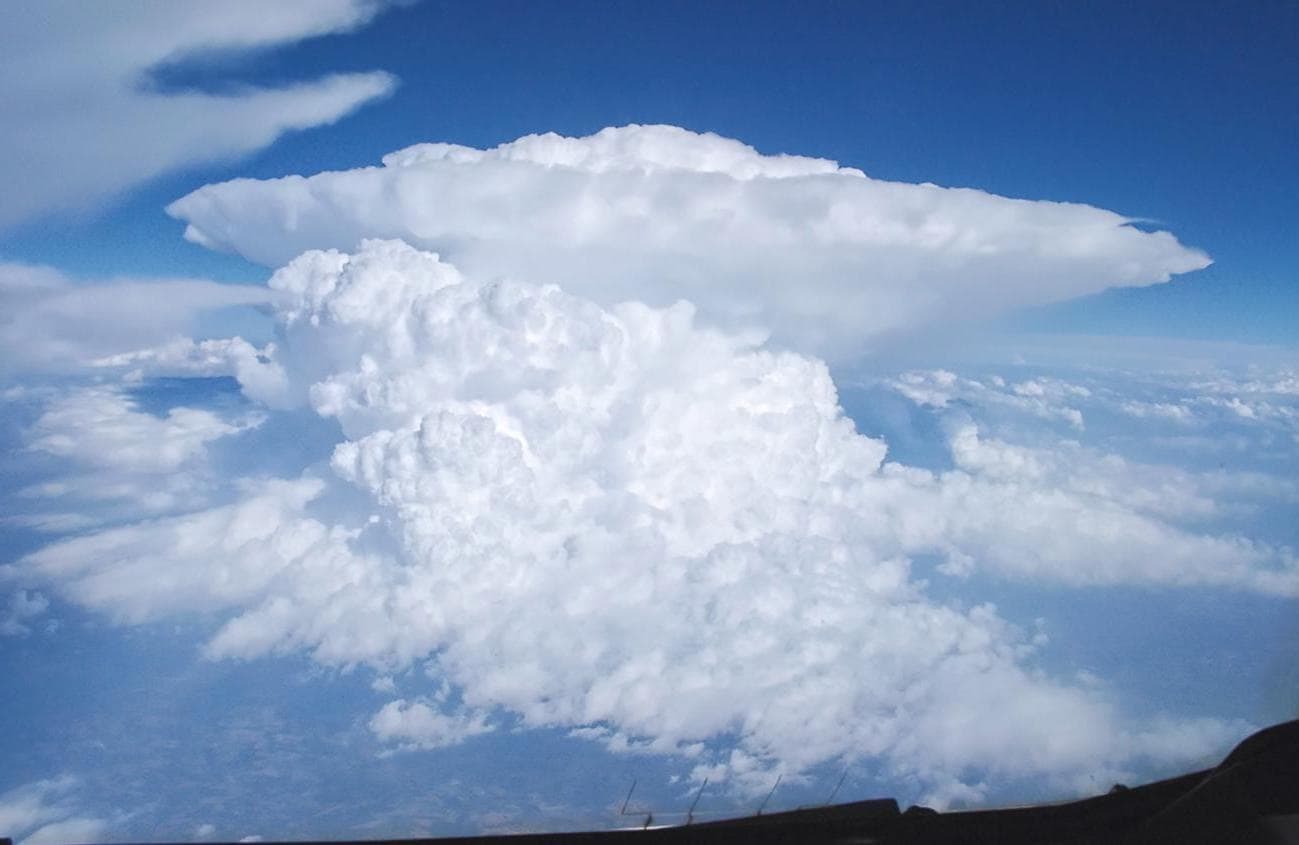
Operational Standards for Windshear
As a general rule, if windshear is suspected, delay the takeoff.
Cockpit Preparation and Departure Briefing
Flight crew should consider all available windshear-awareness items and:
– Assess the conditions for a safe takeoff based on: most recent weather reports and forecast , visual observations, crew experience with the airport environment and the prevailing weather conditions; or,
– Delay the takeoff until conditions improve, as warranted.
Takeoff and Initial Climb
• Windshear suspected
If windshear conditions are suspected during takeoff, the flight crew should:
– Consider delaying the takeoff
– Select the most favorable runway, considering the location of the likely windshear/downburst
– Use the weather radar (and the predictive windshear system, as available) before
commencing the takeoff roll to ensure that the flight path is clear of hazard areas
– Select the maximum takeoff thrust
– Closely monitor the airspeed and speed trend during the takeoff roll to detect any evidence of windshear.
• Recovery Technique for Windshear Encounter during Takeoff:
If windshear is encountered during takeoff roll, apply the following recovery techniques
without delay:
– Before V1: Reject the takeoff only if unacceptable airspeed variations occur and the pilot assesses there is sufficient runway remaining to stop the aircraft.
– After V1: Maintain or set the thrust levers to the maximum takeoff thrust (TOGA), follow the Flight Director pitch orders, or set the required pitch attitude if FD is
not available.
Note: If a windshear occurs during takeoff roll, V1 may be reached later (or sooner) than expected. In this case, the pilot may have to rely on his/her own judgment to assess if there is sufficient runway remaining to stop the aircraft, if necessary.
